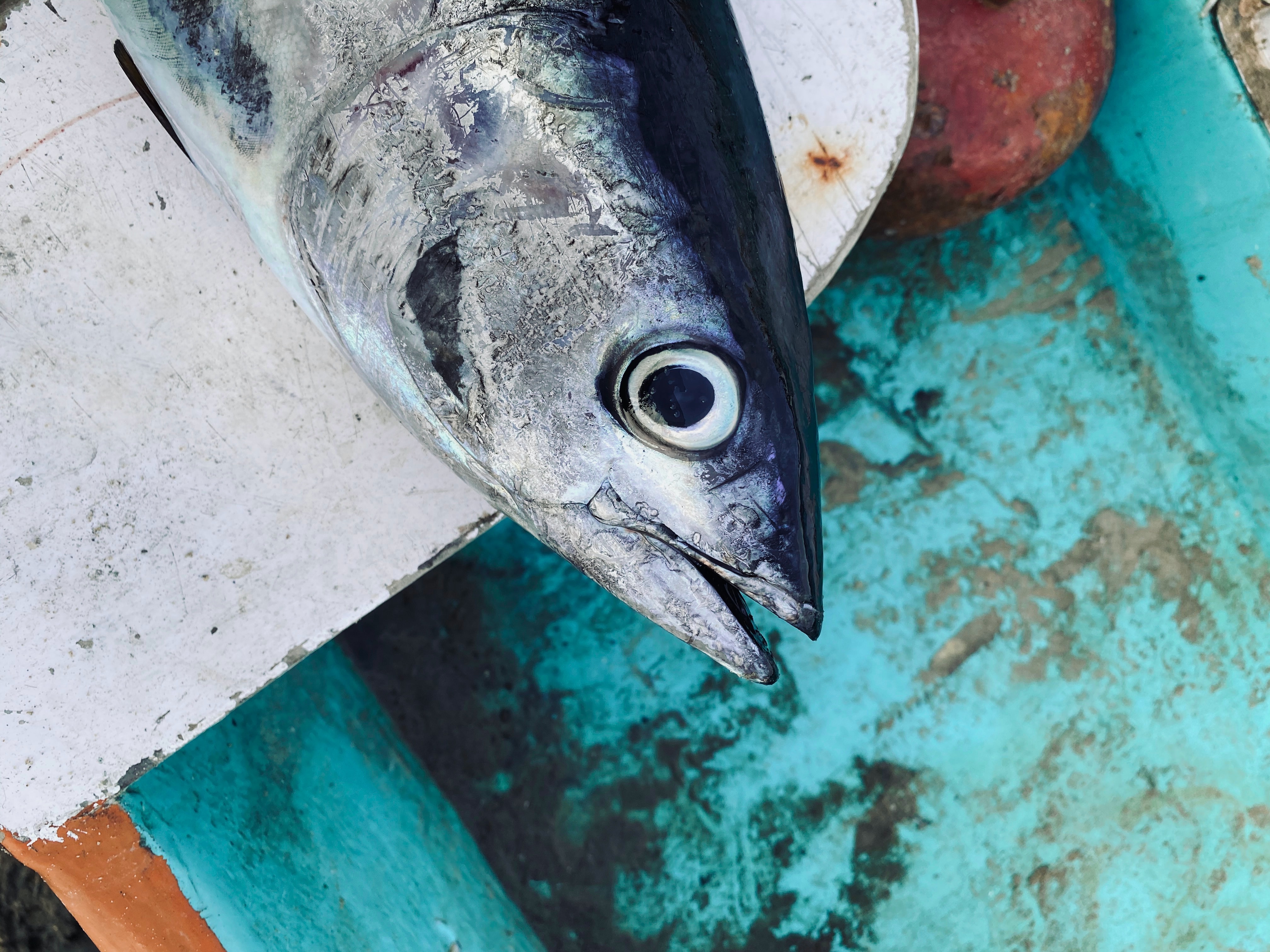Sharing a new study which reveals a promising new way of identifying toxic mercury in fish.
For decades, fish ear stones, known as otoliths, were used to gain insights into fish growth, migration, diet, and the timing of their exposure to certain pollutants and mercury uptake in fish has been analyzed by measuring how much of it accumulates in whole bodies of fish, or often just in fillets — that is, muscle tissues.
This new study reveals a new measurement method - individual fish’s lifetime exposure to mercury by measuring it in the fish’s eyes. Eye lenses are made of pure protein, are high in sulfur content, and thus readily take up mercury either directly from water or from the fish’s diet. This means that now combining these methods together, scientists can find out how life history events, such as migration and diet shifts, or temporal events, such as low dissolved oxygen levels in water at certain times of the year, may influence a fish’s mercury levels.
Sharing a link to the study -> https://pubs.acs.org/doi/10.1021/acs.estlett.2c00755
And to an article about main findings of the study: https://theconversation.com/the-lenses-of-fishes-eyes-record-their-life…

